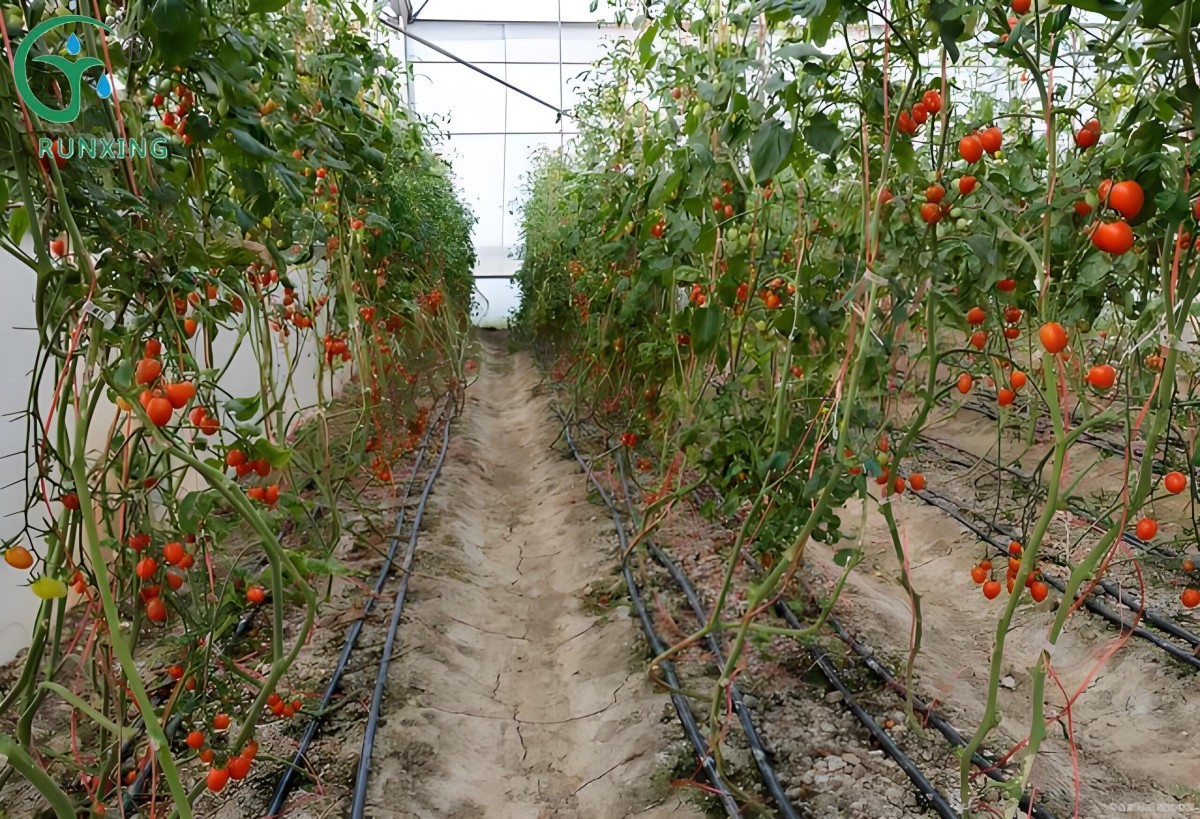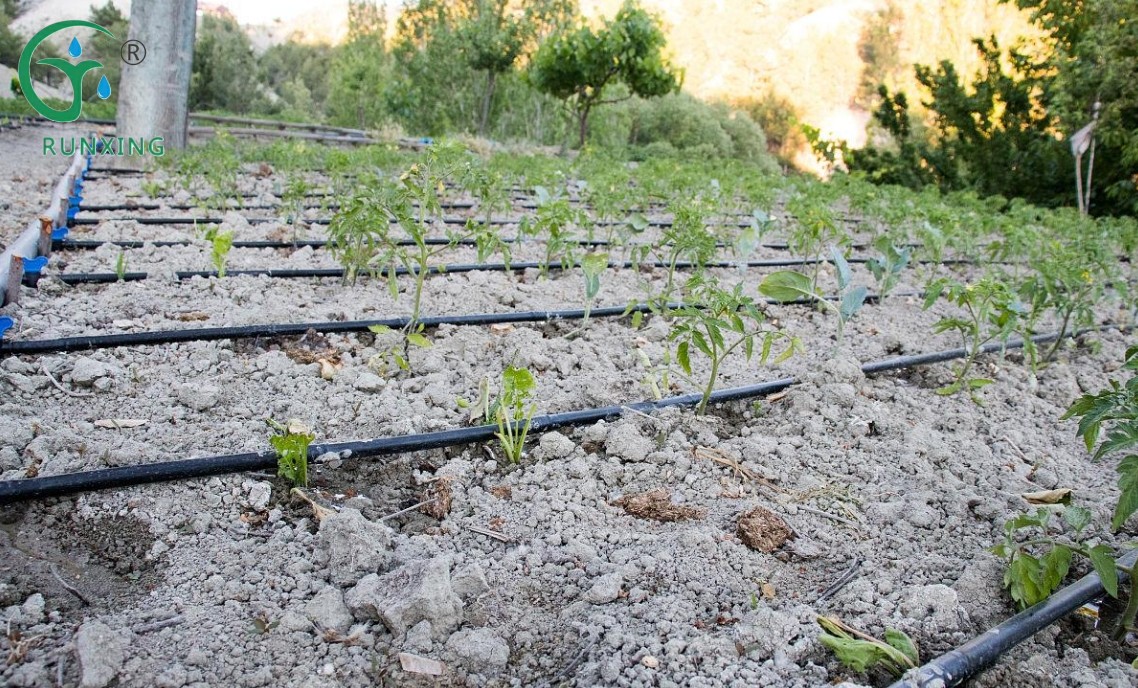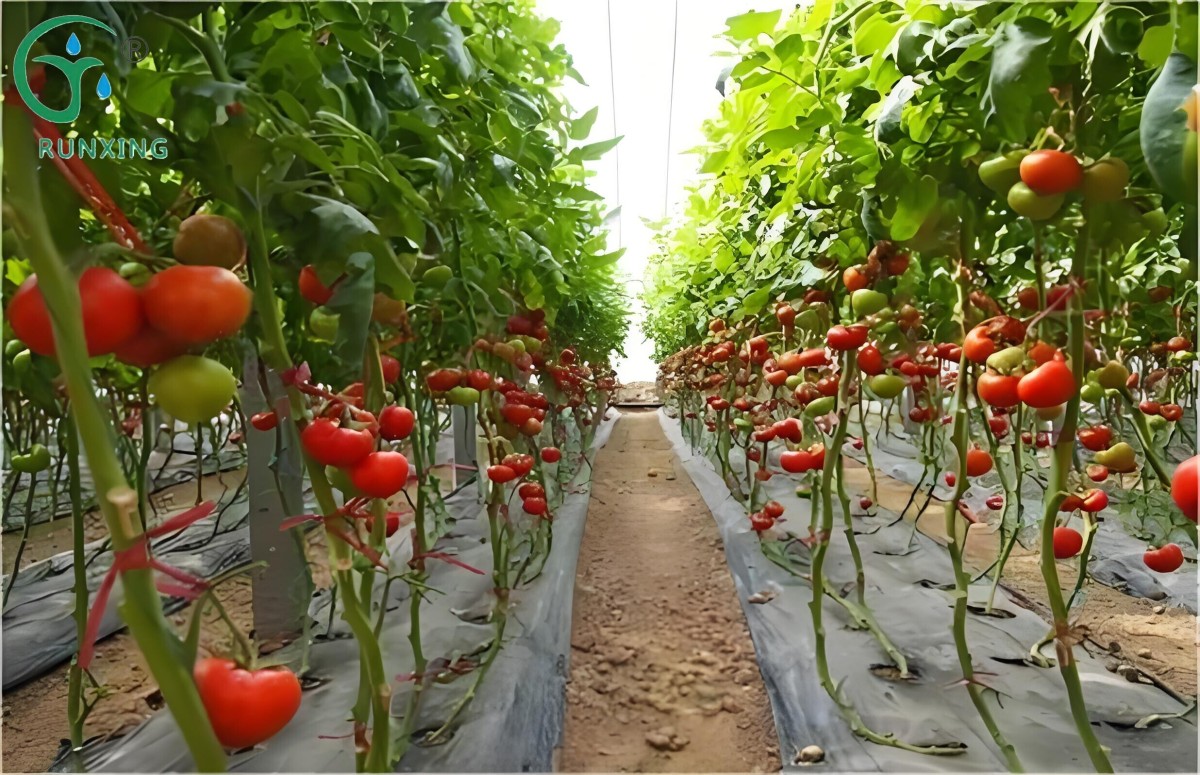A Guide to Tomato Cultivation and Drip Irrigation in Brazil
In Brazil, a country with diverse climates and fertile soils, tomatoes are a crucial crop whose cultivation techniques directly impact yield and quality. Among various cultivation methods, the application of drip irrigation facilities is particularly significant. This article will delve into whether drip irrigation is necessary for tomato cultivation in Brazil, the required drip irrigation equipment, installation methods, water usage control, and cultivation tips.

Is Drip Irrigation Necessary for Tomato Cultivation in Brazil?
The answer is yes. Some regions in Brazil experience uneven rainfall, and tomatoes, as crops with substantial water needs throughout their growth cycle, have strict requirements for water. Drip irrigation facilities enable precise irrigation, improving water use efficiency, reducing evaporation and waste, and combining with fertilization for integrated water and fertilizer management, thus promoting healthy tomato growth and high yields.
What Drip Irrigation Equipment is Needed?
The drip irrigation system primarily includes the following equipment:
Water Pump: Select an appropriate water pump based on the water source and irrigation needs, typically requiring an output of around 10 cubic meters per hour.
Water Meter: Installed upstream of the fertilizer injection point to prevent fertilizer from corroding the water meter.
Valves: Including 50mm ball valves, 32mm ball valves, and 16mm drip irrigation lateral bypass valves, for controlling water flow.
Filter: A 1.5-inch disc filter is recommended, effectively filtering impurities in irrigation water to prevent clogging of drip irrigation tubes.
Fertilizer Injector: Generally, a 1-inch Venturi fertilizer injector is used, which is simple to operate, has low wear rates, and provides uniform nutrient concentration.
Laterals and Drip Lines: Laterals should use 32mm or 40mm PE hose, while drip lines are recommended to be in-line drip irrigation tubing with a wall thickness of 0.38mm, dripper spacing of 20cm, and dripper flow rate of 1.7 liters per hour.

How to Lay Out and Install?
Design Pipeline Layout: Based on the tomato cultivation area and pot placement, design a pipeline layout to ensure even and square pipeline placement.
Lay Pipelines: Lay pipelines according to the design, installing tee connectors at each turn and end caps at each tail end.
Drill Holes and Install Drip Arrows: Drill holes in the pipelines and insert drip arrows, with at least two drip arrows per pot to ensure even watering.
Connect Equipment: Connect the water pump, filter, fertilizer injector, and other equipment to form a complete drip irrigation system.
How Much Water is Needed and How to Control It?
Tomato water needs vary by growth stage, typically requiring a soil relative moisture content of 65%-85%. In a drip irrigation system, water usage can be precisely controlled by adjusting the pump runtime and fertilizer injector dosage. It is recommended to adjust irrigation and fertilization amounts based on tomato growth rate, leaf color, and other physiological indicators to ensure tomatoes receive adequate but not excessive water and nutrients.
How to Better Cultivate Tomatoes? Cultivation Tips
Seed Soaking and Germination: Soak seeds in warm water for 6 hours to allow them to absorb sufficient moisture, improving germination rates.
Sowing and Seedling Raising: Evenly sow seeds on the seedbed, cover with a layer of nutrient soil, and keep the soil moist.
Reasonable Transplanting: When seedlings reach a certain height, transplant them to raised beds, providing ample sunlight and water.
Mulching: After tomato seedlings recover, cover with mulching film to maintain soil moisture and temperature.
Temperature Management: The optimal temperature for tomato growth is 20°C-25°C during the day and 13°C-15°C at night, ensuring normal plant growth.
Light Management: Plants should receive at least eight hours of light per day. On rainy or snowy days, uncover insulation facilities to allow plants to make full use of diffuse light.
Water and Fertilizer Management: Develop a scientific and reasonable fertilization plan based on the tomato growth cycle and nutrient needs, achieving integrated water and fertilizer management.
Plant Adjustment: Timely remove old leaves below the tomato fruit clusters to maintain plant ventilation and light penetration, promoting fruit growth.

Through this introduction, we have gained insights into the importance of drip irrigation facilities in tomato cultivation in Brazil, the required equipment, installation methods, water usage control, and cultivation tips. These knowledge and skills will undoubtedly enhance tomato yields and quality, bringing greater economic benefits to Brazil's tomato cultivation industry.
If you have any needs, please contact us.
About Us
We are dedicated to offering innovative, water-saving, and labor-saving irrigation solutions for agriculture worldwide. Our focus on quality and continuous innovation drives the development and progress of the industr
LOGO
This stunning beach house property is a true oasis, nestled in a serene coastal community with direct access to the beach.
Opening Hours
Monday - Friday : 9AM to 5PM
Sunday: Closed
Closed during holidays
Contact
+18888888888
hezuo@eyingbao.com123 West Street, Melbourne Victoria 3000 Australia
